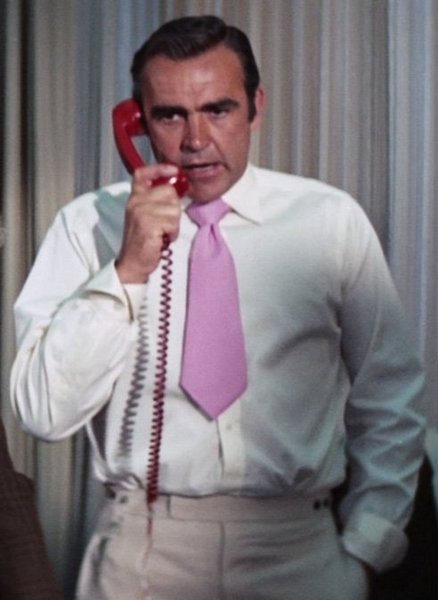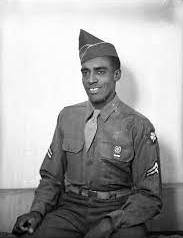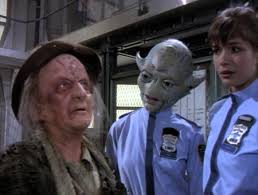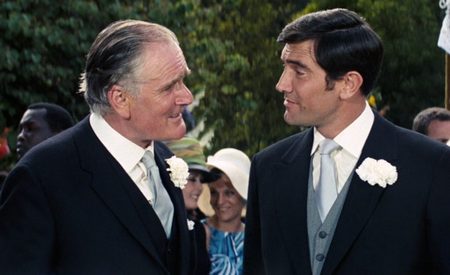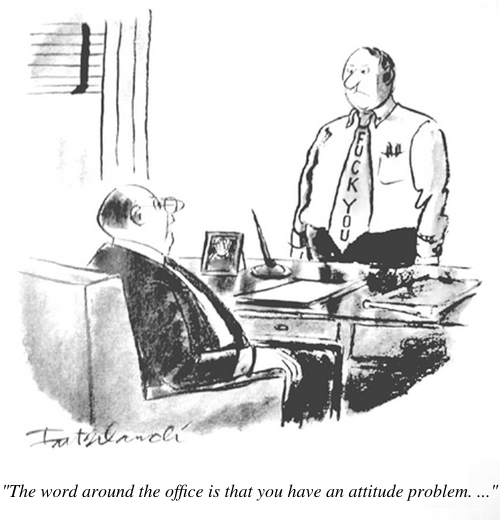Why a bucket?
Recently I blogged on the topic of dish-washing. Today, I want you to imagine that you are somewhere far from civilized plumbing. You may want to wash your cookware, clothing or you may want to wash yourself. What do you do?
Some of you, I suspect, may suggest that you head for the nearest body of water and wash there. We will assume you have been prudent and lucky enough to have placed your camp within an easy travel distance of water. Not too close, to limit hassles from insects.
Washing yourself or your dishes in a body of water is not ideal. Even in parts of the world where that water is not inhabited by crocodiles, alligators, mosquitoes, schistosomiasis or similar.
The problem is that your activity generates what is known as “greywater” or “sullage”. Dirty water, soap or detergent, and also suspended fats, grease and food particles.
Even if you use biodegradable products, biodegradation takes time! While this process is on-going, your greywater may have various effects on the body of water, including changes in pH, viscosity and changes in oxygen level.
A much better approach is to cast your greywater on to the soil, some distance from the nearest body of water. The creatures of the soil can deal with greywater much better than those of the water, and any effects are more localized. Choose ground that is absorbent, and do not use the same place on consecutive days.
OK, so you have seen the wisdom of washing some distance from the water source. Just how do you get the water to wash with to the desired location?
Your water bottle or bladder probably only holds a litre or three. You have probably treated the contents to make them safe for drinking, so using this for washing is a little wasteful.
Your canteen cup probably only holds half a litre or so.
You may have larger cooking pans, but for efficiency these will only be a couple or litres capacity or less. Many modern designs do not have handles suited to carrying a couple of kilos of liquid any distance.
You could fabricate a water carrier from local materials. Kephart has a whole chapter on making utensils from bark. Such crafts take time, and suitable materials will not be available in every environment or season.
Would it not have been useful if you had brought a plastic bucket with you?
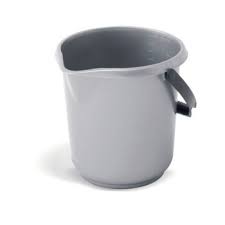
Buckets for Preppers
I recall being in a bar decades ago. I had just rented a new place, actually my first real flat with multiple rooms I did not have to share with anyone. I was chatting to a young woman and told her: “I have brought a plastic bucket and bowl, so I am all set!” Many years and many locations later, that same bucket and bowl are still with me. Used the bowl just a few weeks back to soak the grill of my halogen oven.
Some will scoff! “I'm a backpacker! I go ultra-light! There is no room for a bucket!”.
Empty buckets weight very little. Being mass-produced, they cost very little too! Shop around!
If you pack the bucket full of foodstuffs and other stores, it will take up very little room in your pack. It actually provides them with some protection. Oddly, some larger capacity buckets pack better than their smaller cousins. More on capacity later.

What Use Is a Bucket?
What uses can we put a bucket to? We have already mentioned carrying water for washing, dish-washing and laundry.
• A friend of mine gave me a folding camping sink that holds about ten litres. Not a priority for the bug-out bag, but he thought it might be useful for more recreational camping trips. I now look at this item and wonder just how I was supposed to fill it. Ten litres of water is around 22 pounds! A filled, folding sink is not something you want to carry from a standpipe. I would have needed a bulk-water carrier, or a bucket.
If you have tried the techniques in my dish-washing article, you will know that you do not need a large capacity vessel to wash most items.
You can use a small bowl or bucket of water to wash a large diameter item such as a plate, frying pan or yourself!
Use a cup, or your hand, as a water ladle to wet and rinse. The dirty water does not go back into the vessel, so it is cleaner and more efficient.
I doubt that folding sink will ever see use. I will find a bucket that fits into my pack. A bucket will probably be more durable than a sink/bowl designed to fold.
• Read through a survival manual or book on woodcraft, and you will probably come across references to soaking things to make them more pliable or more edible. You cannot fit much in a mess-tin!
So many wilderness guides mention uses for containers, yet so many kit lists don't actually include any!
• Cannot reach the water source? Bucket on a rope may solve that problem.
• Let the water come to you! Place your bucket to collect rainwater.
• Successful day fishing or squirrel shooting? Carry your windfall back to camp in a bucket.
• Find a patch of berries? Your bucket will hold as much as you can carry.
As a quick aside: In one of Ray Mears shows one of his local hosts had an interesting berry-picking technique. She simply swiped the bush with her basket. Enough berries apparently detached and ended up in the basket for this to be a considerable labour-saving. Something to experiment with in berry season!
• An empty bucket can be used as a drum to guide companions back to camp, or just let them know dinner is nearly ready.
• A bucket can be used to dig through soft snow or sand.
• A up-turned bucket makes a useful stool and (if sturdy enough) can be used as a step.
• If you have trouble squatting when attending to “calls of nature” an up-turned bucket can be a useful support while you hang your nether-regions over a “cat-hole”.
• And if it is really nasty outside the shelter, as a vase de nuit.
Any party of more than a couple of individuals should include a bucket in their equipment.
Smaller parties and solo travellers should give them serious consideration.
Any vehicle, be it boat, SUV or APC, should find room for a bucket. The interior of the bucket can be used to store other useful items. In an emergency, grab the bucket and be instantly equipped with useful assets.
Some companies even offer 72-hour kits packed in buckets.

Choosing a Bucket
For backpackers, cyclists and lightweight travellers, the bucket chosen needs some consideration.
Obviously, we want a bucket that will fit easily into our pack, with little wasted space.
There is little point in my recommending a bucket of a certain capacity. In my kitchen I have two buckets, not counting one for floor-washing. The five litre bucket is too narrow at the bottom. It will fit in a daysack, but it is space-inefficient. The three (Imperial) gallon bucket is about twice the capacity (13.6 litres) but is too wide at the top for even my largest rucksacks.
It is not a good idea to try and carry more than ten litres in a bucket or container.
The interior dimensions of your pack will be more significant than bucket capacity. Taking your pack down to the hardware store and trying some buckets for size is not that bad an idea. Remember the bucket will be riding above your softer pack items, so perhaps put a sleeping bag and a realistic load of clothing in the pack before you hit the hardware store.
Depending on intended role, you may want bright colours or natural and neutral. The outside of a bucket can easily be spray-painted.

Cylindrical buckets, with the bottom of similar diameter to the top, may be a better choice than more conventional tapered designs. Between five and ten litre size may be a good option for these.
If you decide to buy a bucket on-line, bear in mind that perfectly suitable items may be available under various other names, such as “paint kettle” or “storage tub”. There will be bowls and various other containers that can be made into buckets with just the simple addition of a handle.
